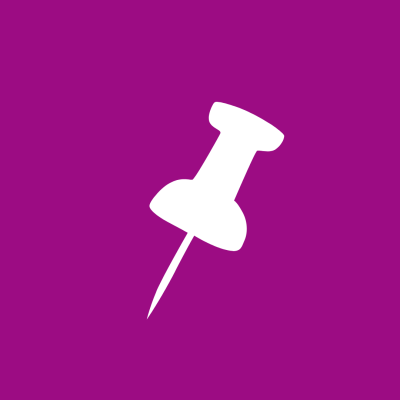All Things Admin Joins ASAP. Learn More ›
Office Organization and Creating an Optimal Work Environment
January 14, 2019

By Lisa Assetta
Senior Executive Assistant to the CEO, Tampa International Airport
ASAP Member, APC EA Summit Advisory Council Member
It’s time to make your New Year resolutions for 2019 and for many Administrative Professionals, one of your top resolutions is likely to be “get more organized.” We know that being organized is a good thing, but what does that really mean and how can it help you in your job? As an Executive Assistant with a serious passion for organizing, I believe being organized is an essential skill for every Admin. We are tasked with being organizers because we are required to organize information, people, and things in our work environment every day.
To me, organizing information is about flow. It’s about prioritizing. And most importantly, it’s about productivity. We need to keep critical information flowing, be able to prioritize our seemingly unending list of “to-dos,” and get things done efficiently. When I say we are tasked with organizing people, I’m referring primarily to organizing ourselves and our Executives. And it starts with us. We need to know how to be organized to organize others. In addition, setting up our workspaces and offices in an organized manner is essential to creating an optimal work environment.
So where do we start? The logical place is with the outcome we need to achieve. Our most important customer is our Executive and our organizing efforts should reflect that priority. The importance of organization is demonstrated when our Executive asks us for something – anything. We need to have it immediately available or available within minutes. Critical information should be accessible – at our fingertips – every time. Your Executive doesn’t expect or have time to “wait for it.” He expects you to produce it at the moment he asks for it. Sound familiar?
We can make this happen by being organized. In a way, our workspaces are our Executives’ workspaces because we manage and keep the information they need. So we start here. Create physical and electronic folders that allow you to access information quickly. Assess what information your Executive asks for on a regular basis and create an organized system to find it. Make a list of these items and file the information accordingly and alphabetically with a file name that YOU identify with that information, even if the file name seems unconventional. After all, these are YOUR files, and your cue to find the information you need when you need it.
With paperwork, it’s important to avoid “piling.” A key to organizing is to give everything “a home” and that includes every piece of paper that comes across your desk. Your ultimate goal is to process information in “real time” in order to keep your Executive informed and responsive. This becomes a challenge when paper piles up. Create a functional folder system for yourself and your Executive and use it daily to contain and organize paper. Recycle or shred unnecessary paper as you go, or capture it in a recycle or shred container and empty it regularly. Managing paper makes you more effective and makes a good impression. When your Executive or others in your office see piles of paper on your desk, they will assume you are disorganized or behind in your work. How your desk looks is part of your brand and your image will suffer if your desk is messy.
Organize by color-coding to group like categories of paper, calendar meetings and appointments, and tasks together. This is a visual way to organize. For example, I use blue folders for travel (blue sky), green for community events (grass roots), and yellow for employee events (cheerful). I created a “red” folder system to facilitate forward action for paperwork. I chose red because it signifies importance. It stands out. It commands attention. Think “stop sign.” I have a set of red folders and each one has a specific purpose and action associated with it. The label describes the action that needs to be taken by your Executive without the need for conversation. Examples are “For Signature,” “For Approval,” and “For Response.” I add a bright yellow post-it note that states “Today” that I attach to the folder when the action needs to take place that day. When my Executive has completed the contents of the folder, he places it in a designated area of his desk for “pickup”. I take it away when he steps away from his desk and process it accordingly. The bonus of this system is that it enhances our mutual efficiency.
These are just a few ways to master organizing your priorities, information, and paperwork. Your organizing efforts improve the systems that keep you and your Executive productive. Expand your organizing efforts to your Executive’s desk and conference table with the mantra that “a clear space equals a clear mind.” Our Executives have a lot on their plates and we can help give them the sense of clarity and calm they need to be the managers and visionaries they are. Keeping our desks and office free of visual clutter demonstrates that our Executive’s office is under control and that we are, too.
Enhance a positive aura and flow in your office and Executive’s waiting area with live green plants that clean the air and healthy snacks, such as a bowl of apples. Get organized and win by setting the standard of an optimal work environment for all.
Join the Conversation
Welcome to the ASAP Circle, a community platform for peer-to-peer conversation on trending topics, professional challenges, and shared experiences. We even have designated spaces for weekly Tuesday Coffee Breaks.








